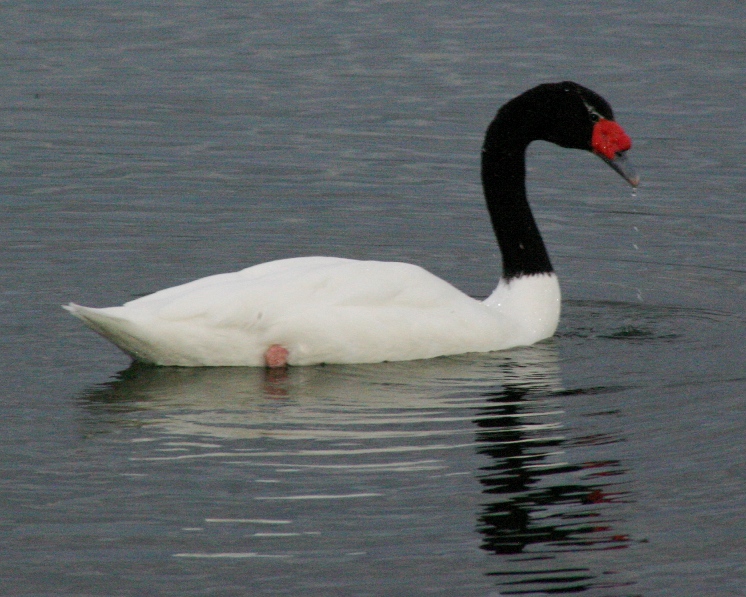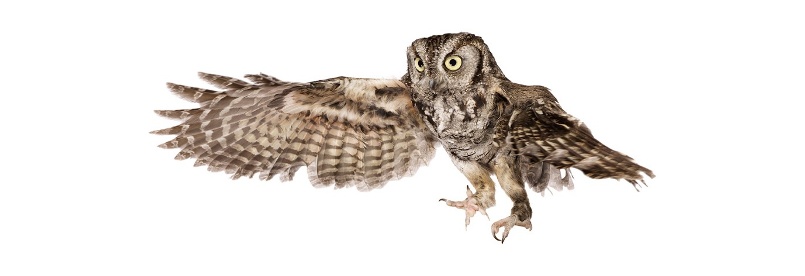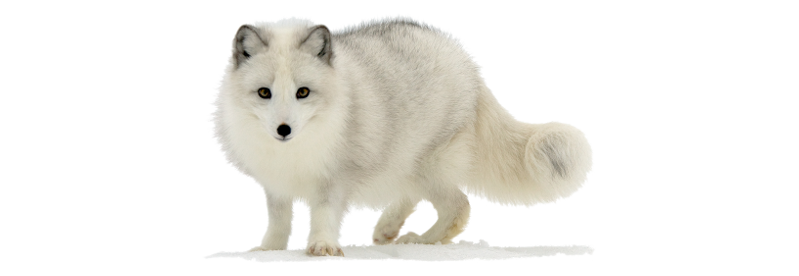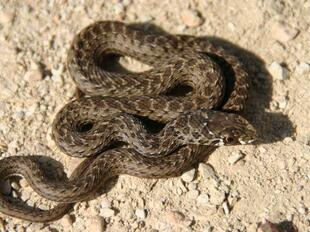
Black-necked swan(Cygnus melanocoryphus)
Phylum —chordata
Class — aves
Order — anseriformes
Family — anatidae
Genus – cygnus
Appearance
Adults average 102 to 124 cm (40 to 49 in) and weigh 3.5 to 6.7 kg (7.7 to 14.8 lb). The wingspan ranges from 135 to 177 cm (53 to 70 in). The body plumage is white with a black neck and head and greyish bill. It has a red knob near the base of the bill and white stripe behind eye. The sexes are similar, with the female slightly smaller. The cygnet has a light grey plumage with black bill and feet.
Habitat
This species has an extremely large range and can be found in Argentina, Brazil, Chile, Falkland Islands, and Uruguay.
Behavior
Black-necked swans spend almost all of their time in water. They actually have difficulty walking on land, since their legs are set so far back on their body (to help in swimming). And though this makes it difficult to get up the speed for take-off, once the swans are in the air they are very strong flyers. Of the eight species of swan, black-necked are among the fastest. They’ve been clocked at speeds of nearly 50 miles per hour.
Black-necked swans are very social and companionable most of the year, but during breeding season they become territorial and aggressive.
Diet
Black-necked swans are herbivores and feed mainly on aquatic plants.
Reproduction
A male and female swan usually mate for life, but will find a new partner if one should die.
After mating, a pair makes a nest of plant material and down feathers, then defends a large territory surrounding it. The female lays four to six eggs.The female is the only one that sits on the eggs, and she can lose quite a lot of weight during this incubation period. Once the chicks hatch, however, both parents take good care of them. They can often be seen swimming with their babies on their back. But the male usually does most of the “childcare” duties so the female can work on regaining the weight she lost – he even guards the nest while she leaves to feed.
In captivity
The average life expectancy is 10 years.
To keep swans, you need a reservoir with clean water. By clean waternon-toxic and non-rotten water is meant. It doesn't have to be transparent. The reservoir can be of any size, but the larger it is, the more comfortable it will be for swans to live and the chance of getting offspring increases. The minimum size of the enclosure for a pair of swans is 3x3 meters. The minimum size of the pool is 1x1 meter. Even in such cramped conditions, swans can exist. The smaller the size of the pool, the more often you have to change the water there. In a 2-meter pool with a depth of 50 cm, with the content of a pair of swans, the water will have to be changed every day. In a natural pond, the water does not need to be changed, it just needs to be cleaned sometimes. It is advisable to carry out general cleaning of a small pond every year. If the pond is large, you can do it every few years.
The bank of the reservoir should be flat and is covered with straw at least in one place.
In winter, when the temperature drops below zero, it is necessary to protect the reservoir from freezing. There are two ways to solve this problem:
- A compressor or a pump is installed on the reservoir and a system of pipes for pumping water or air, thus creating a constant movement of water, which prevents it from freezing.
- In winter, birds can simply be moved to a heated room with a small pond. You can divide the winter aviary into 2 zones, where only the pool area is heated, and the walking area is left on an unheated (outdoor) territory. The area of the zone range should be calculated not less than 5 square meters for each bird.
At temperatures below -15°C, it is better to completely transfer the swans to a heated room.
Black-necked swans are mainly herbivorous birds. The basis of the diet – aquatic plants and small algae. Do not give up on cereals, such as wheat and corn. If there is a problemwith algae, you can feed mainly grain, chicken feed, as well as special pellets for waterfowl. They can pluck leaves from the lower branches of trees.
During the year, it is necessary to provide birds with fresh herbs. As a top dressing salads, cabbage, grated carrots are suitable.
Breeding swans in captivity is not particularly difficult. In the center of the reservoir (if it is large enough), it is better to install a small island or raft with a minimum size of 3x3 meters. If it is a raft, it must be stable enough (to hold the weight of an adult). It is not recommended to build various structures on a raft. You can build a shelter from the sun and rain, no more. For a nesting pair on such a raft, in April (as soon as the ice on the rivers comes down), you need to put a large armful of hay, the rest of the work on the nest arrangement will be done by the birds themselves. In May, the female lays eggs. When the offspring appear, it is necessary to increase the amount of feed and put an additional feeder on the island.
Parents can refuse to incubate. In this case, the eggs can be taken to the incubator. Chicks bred in an incubator should be kept in a warm room at a constant temperature of 33°C, and there should be enough space in the room for the chicks to choose their comfort zone. The swans need to install a bathing bowl. During the first few days, they eat sliced boiled eggs, and then have special pellets, and (or) chopped herbs. Clean drinking water and sand should always be available. In warm weather, chicks can be taken for a walk in the fresh air 2-3 times a week.
 Russian
Russian
 English
English
























